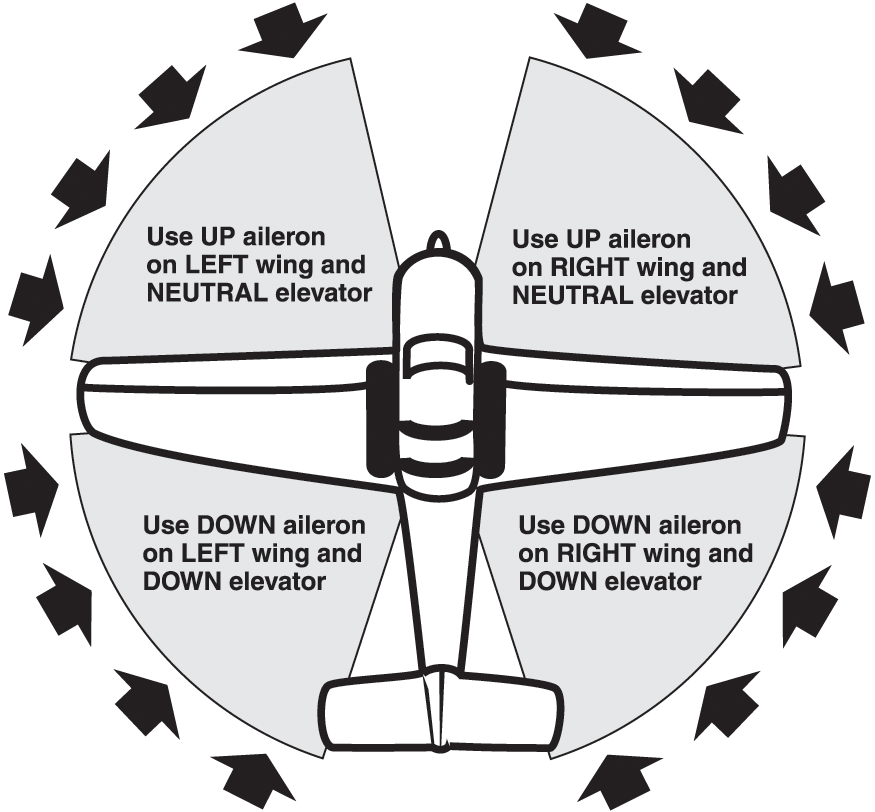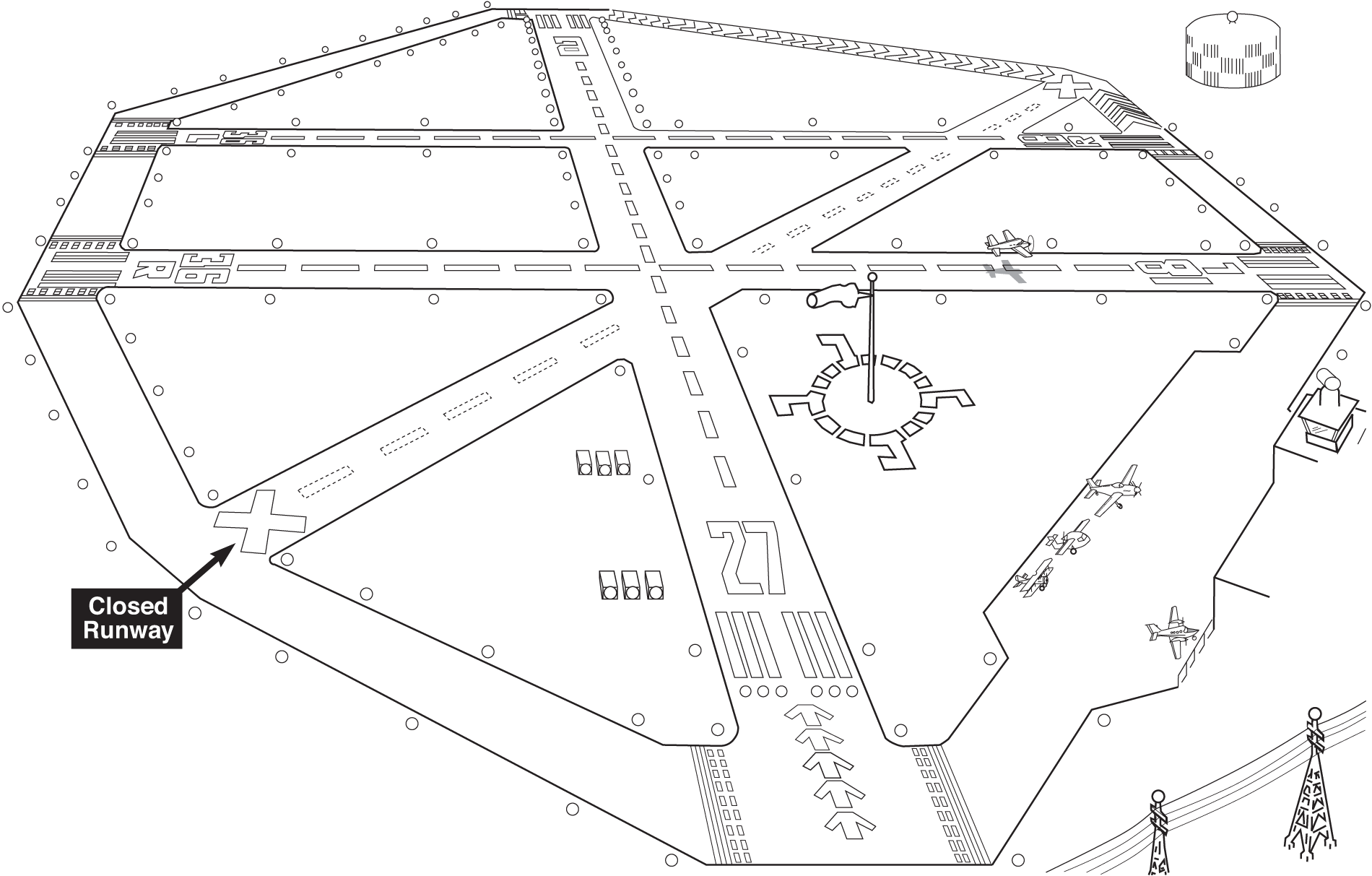Today’s post comes from Bob Gardner’s The Complete Private Pilot.
Strong gusty winds can make taxiing a chore, and mishandling the controls might result in loss of control. You must understand how to use the controls so that the wind cannot get beneath the wing or tail surfaces and cause you to drag a wing tip or have the propeller strike the ground. This is especially true of light sport aircraft, which are more responsive to the vagaries of the wind than standard category aircraft.
When the wind is coming from a direction in front of the airplane, from wing tip to wing tip, hold the ailerons as though you are banking into the wind. The up-aileron on the windward side will depress as the wind strikes it—the down-aileron on the opposite wing will create enough lift to oppose any overturning tendency. The elevator should be in a neutral position unless you are flying a taildragger, in which case full back elevator control will pin the tailwheel to the ground for steering control.
A quartering tailwind is most hazardous for a tricycle gear airplane, because a gust can lift the wing and tail and upset the airplane. To counter this tendency, when the wind is coming from any direction behind the airplane, the ailerons should be held away from the wind, and the elevator held in neutral or slightly forward (well forward in a taildragger). The down aileron will now be on the windward side, and the wind from behind the wing will hold it down. The figure below illustrates this technique.

At tower-controlled airports, a solid double yellow line separates “movement areas,” where permission from the ground controller is required, from non-movement areas where the ground controller has no authority. This would include moving between rows of hangars, taxiing to the fueling area, etc.
Look ahead to the next figure. If you were on the parking ramp and runway 36R was being used for takeoffs and landings at this towered airport, your instructions will be to stop at every hold line, whether the runway is active or not, and ask for permission to cross. The closed runway has no hold lines, but you must stop and ask anyway. This has always been a good idea; now it is a requirement placed on controllers. So if your controller fails to tell you to stop before crossing a runway, stop anyway and call for clarification.

Join us again on Thursday for more on airport procedures with our CFI.




